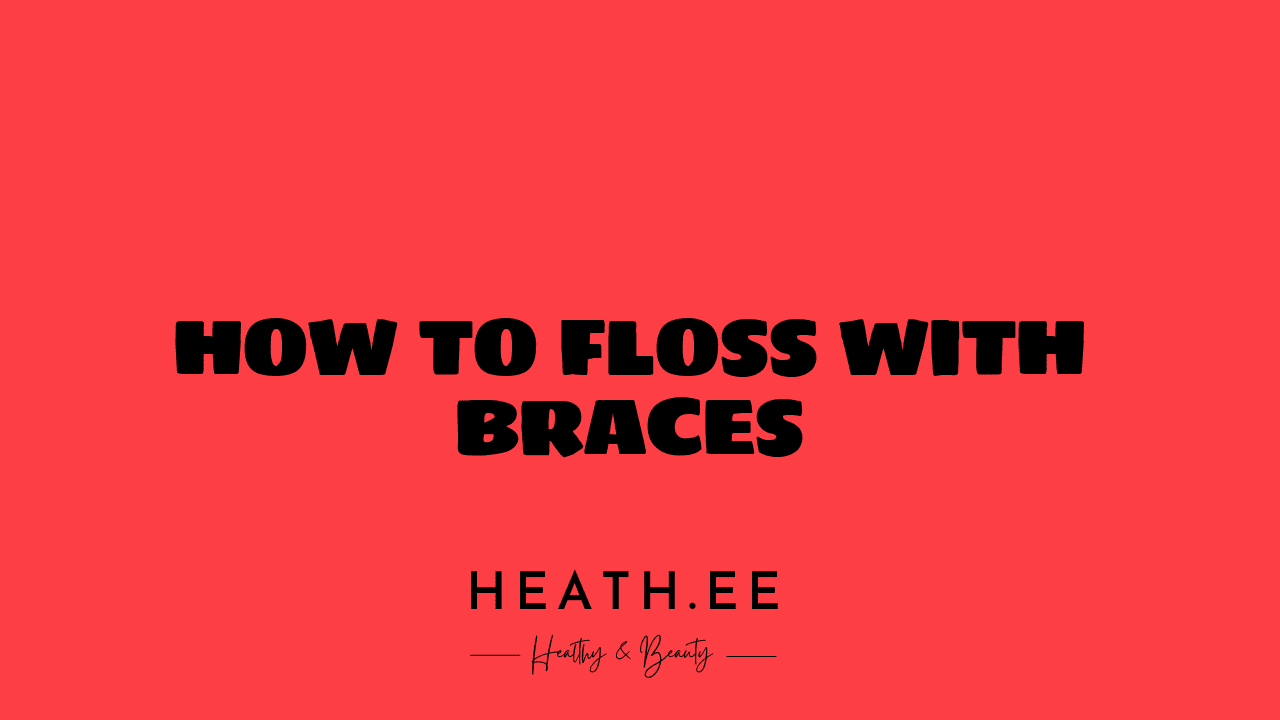Flossing with braces can be a challenge, but it’s an important part of oral care. Proper flossing with braces can help prevent cavities and gum disease, which are both more common in people with braces. This guide will help you learn how to floss with braces and keep your teeth and gums healthy.
What Is Flossing?
Flossing is an important part of oral care, and it’s the best way to remove plaque and food particles from between your teeth. Plaque is a sticky film of bacteria that can cause cavities and gum disease. Flossing helps remove plaque and food particles that brushing alone can’t reach.

Why Is Flossing Important for People with Braces?
Flossing is even more important for people with braces because food particles and plaque can get trapped between the wires and brackets. If left unaddressed, this can lead to cavities and gum disease. Regular flossing helps keep your teeth and gums healthy while you have braces.
What Is the Best Way to Floss with Braces?
The best way to floss with braces is to use a floss threader. This is a small, flexible tool that helps you get the floss between the wires and brackets. To use a floss threader, you’ll need to thread the floss through the loop at one end of the threader. Then, carefully guide the threader between the wires and brackets and pull the floss through.

What Type of Floss Should I Use?
When flossing with braces, it’s important to use the right type of floss. Waxed floss is usually the best option because it’s easier to slide between the wires and brackets. You can also use a floss pick, which is a small, U-shaped tool that can help you get the floss between the wires and brackets.
How Often Should I Floss with Braces?
It’s important to floss at least once a day, preferably after brushing. Flossing with braces can be a bit tricky, so it’s important to take your time and be gentle. If you find that your gums are bleeding, don’t worry – this is normal and should stop after a few days.
What Are Some Other Tips for Flossing with Braces?
Here are a few other tips for flossing with braces:
- Use a mirror to help you see where the floss needs to go.
- Wrap the floss around each tooth in a “C” shape and gently slide it up and down.
- Don’t forget to floss behind your back teeth.
- Use a fluoride mouthwash after flossing to help prevent cavities.
What Are Some Alternatives to Flossing with Braces?
If you find it difficult to floss with braces, there are a few alternatives you can try. An interdental brush is a small, cone-shaped brush that can help you get the food particles and plaque out from between the wires and brackets. Water flossers are also a great option for people with braces. These devices use a stream of water to remove food particles and plaque from between the teeth and braces.
What Are the Benefits of Flossing with Braces?
Flossing with braces is an important part of oral care. It helps remove food particles and plaque, which can lead to cavities and gum disease. Flossing can also help keep your teeth and gums healthy while you have braces.
Conclusion
Flossing with braces can be tricky, but it’s an important part of oral care. Using a floss threader or floss pick can help you get the floss between the wires and brackets. You should floss at least once a day, preferably after brushing. If you find it difficult to floss with braces, there are alternatives you can try, such as interdental brushes or water flossers. By following these tips, you can keep your teeth and gums healthy while you have braces.



